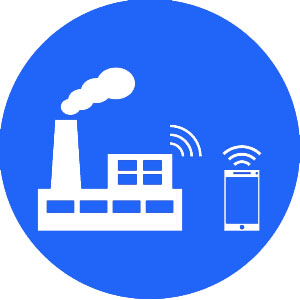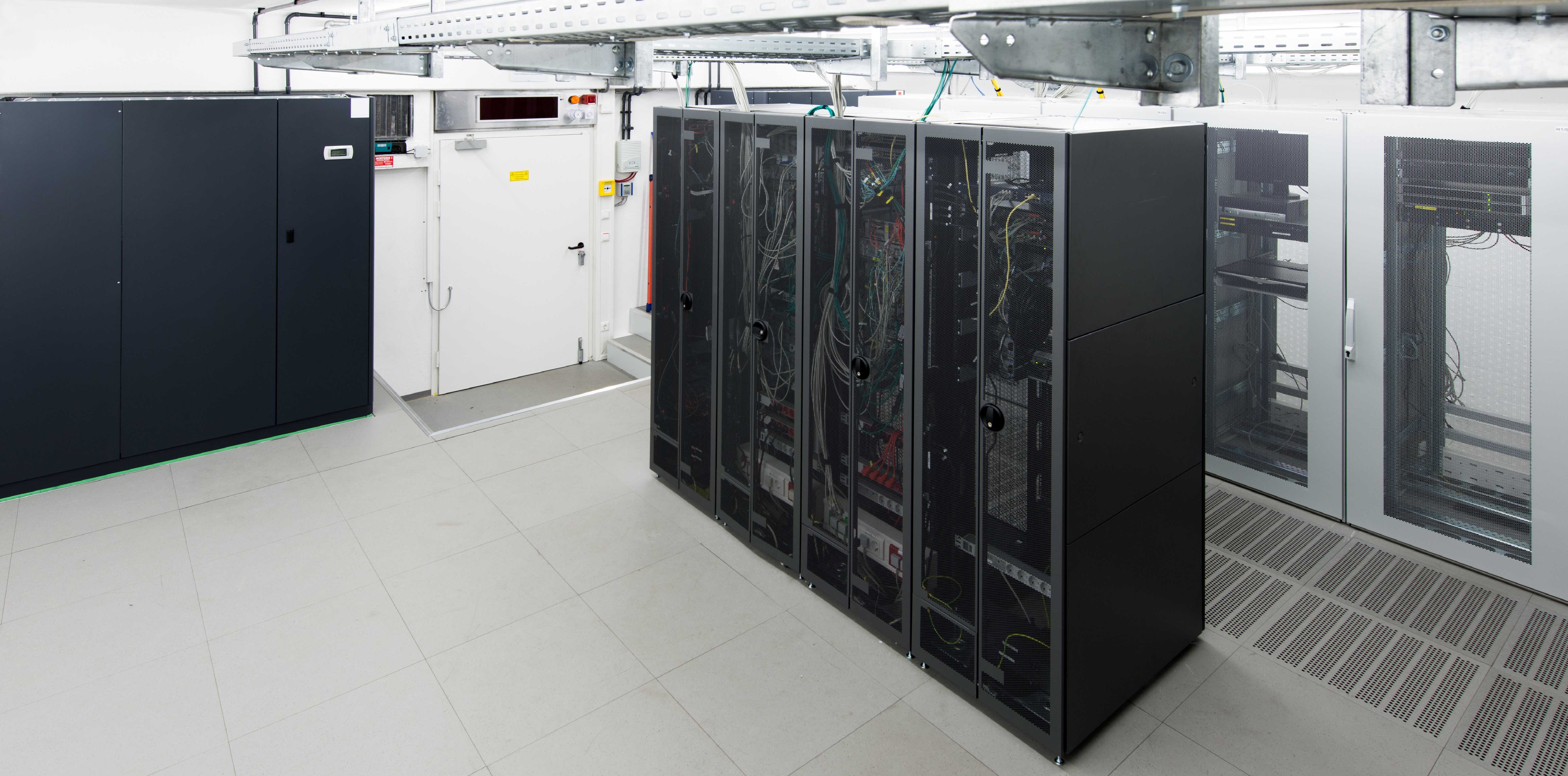Monthly Archives: September 2016
-
Posted: September 16, 2016Categories: News and BlogsRead more »
In order for critical IT equipment to perform at maximum efficiency, managing the environment in which it is stored is crucial. Selecting and maintaining the correct type of air conditioning system ensures that the conditions within your data centre or server room meet the specific requirements of the sensitive equipment.
Precision Air Conditioning VS comfort Air Conditioning
Due to the importance of cooling, data centre managers are always looking for the most efficient solution possible. The use of standard comfort room air conditioning may appeal to some due to the lower initial outlay in comparison with precision systems. However, it's important to consider the much higher operating costs associated with comfort cooling. More significantly, standard comfort systems do not meet the unique requirements of critical IT equipment. The total cooling capacity of an air conditioning system is made up of sensible cooling and latent cooling. Sensible cooling lowers the temperature of the room by removing heat, whilst latent cooling lowers the moisture content of the air to dehumidify the room. Data centres and server rooms require a high amount of sensible cooling and very little latent cooling so it's important that the system you choose is able to provide that. Around 40% of standard comfort cooling's function is latent cooling. This means a lot of its focus is on dehumidifying the room rather than actually lowering the temperature. When comfort air conditioning is used in data centres and server rooms, not only is there insufficient sensitive cooling, the surplus latent cooling means that too much moisture is taken away from the air. The use of this type of cooling increases the risk of system shutdowns and failures and is, therefore, an inappropriate solution for data centres. In contrast to comfort cooling, precision air conditioning is able to meet the needs of sensitive IT equipment and dense electrical heat loads. With sensible cooling representing roughly 90% of precision air



























